Affiliate links on Android Authority may earn us a commission. Learn more.
Taking T-Mobile's brand new 5G network for a spin
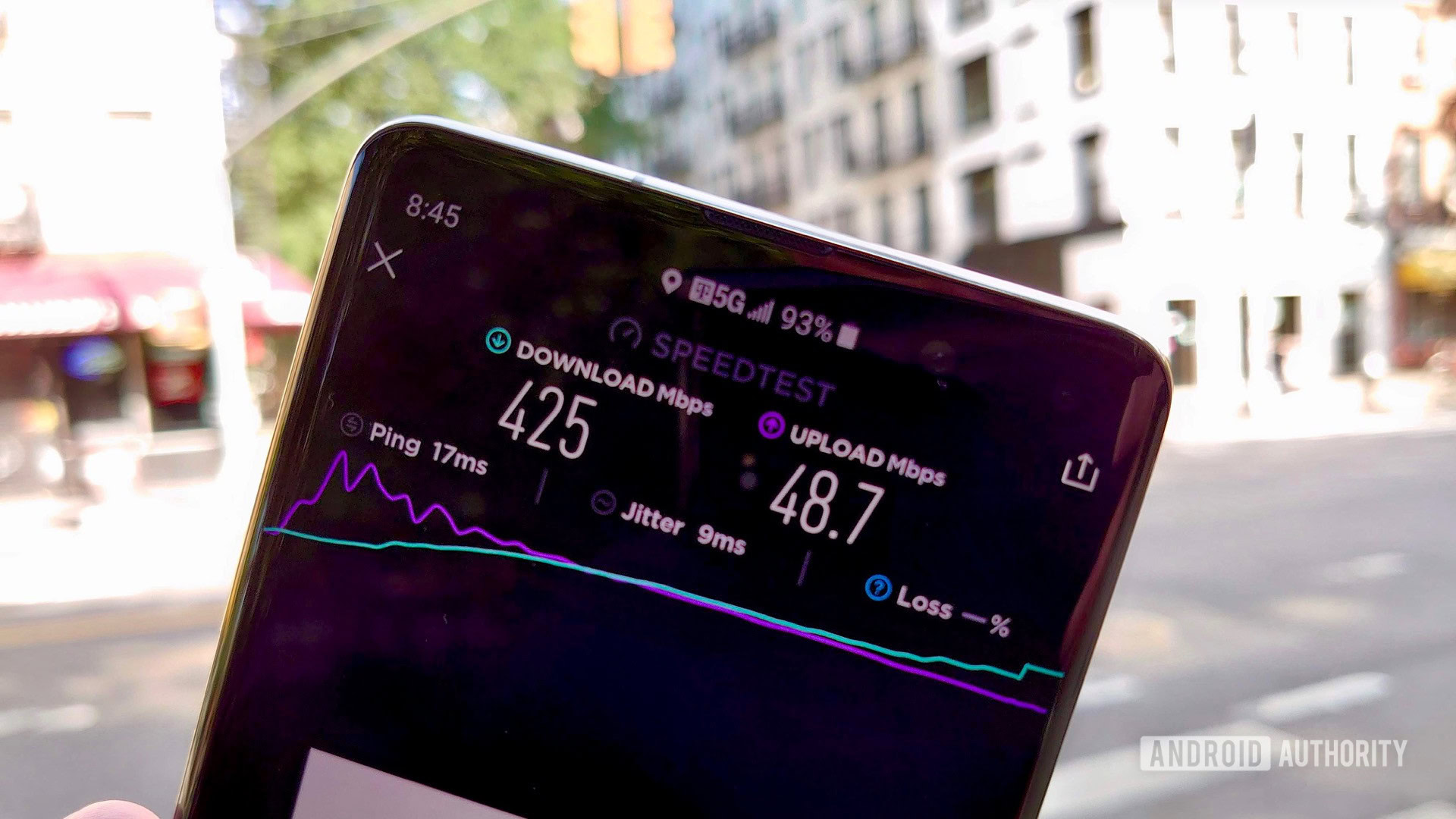
T-Mobile is the last of the four major U.S. carriers to launch its 5G network. AT&T, Sprint, and Verizon have each already gotten their respective 5G networks off the ground. All four carriers now offer 5G service, albeit in limited footprints and with uneven experiences.
One of T-Mobile’s 5G launch cities is New York, and the company invited us to take the network for a spin using the Samsung Galaxy S10 5G. This is the same phone we used earlier this year to test Verizon’s 5G. It’s a gorgeous phone with a massive screen and an advanced set of cameras. But we’re not interested in the phone, we’re interested in the network.
T-Mobile touts mmWave
This is not necessarily the 5G network anyone expected to see from T-Mobile, at least at the start. The company has spent the last year and a half talking up its low-band 600MHz spectrum, which is where its nationwide 5G network will eventually reside. Instead, T-Mobile’s 5G launch cities all rely on mmWave technology in the 28GHz band. This is similar to AT&T and Verizon, which are also using mmWave in high-band slices of spectrum. Sprint, conversely, launched 5G in its 2.5GHz mid-band spectrum.
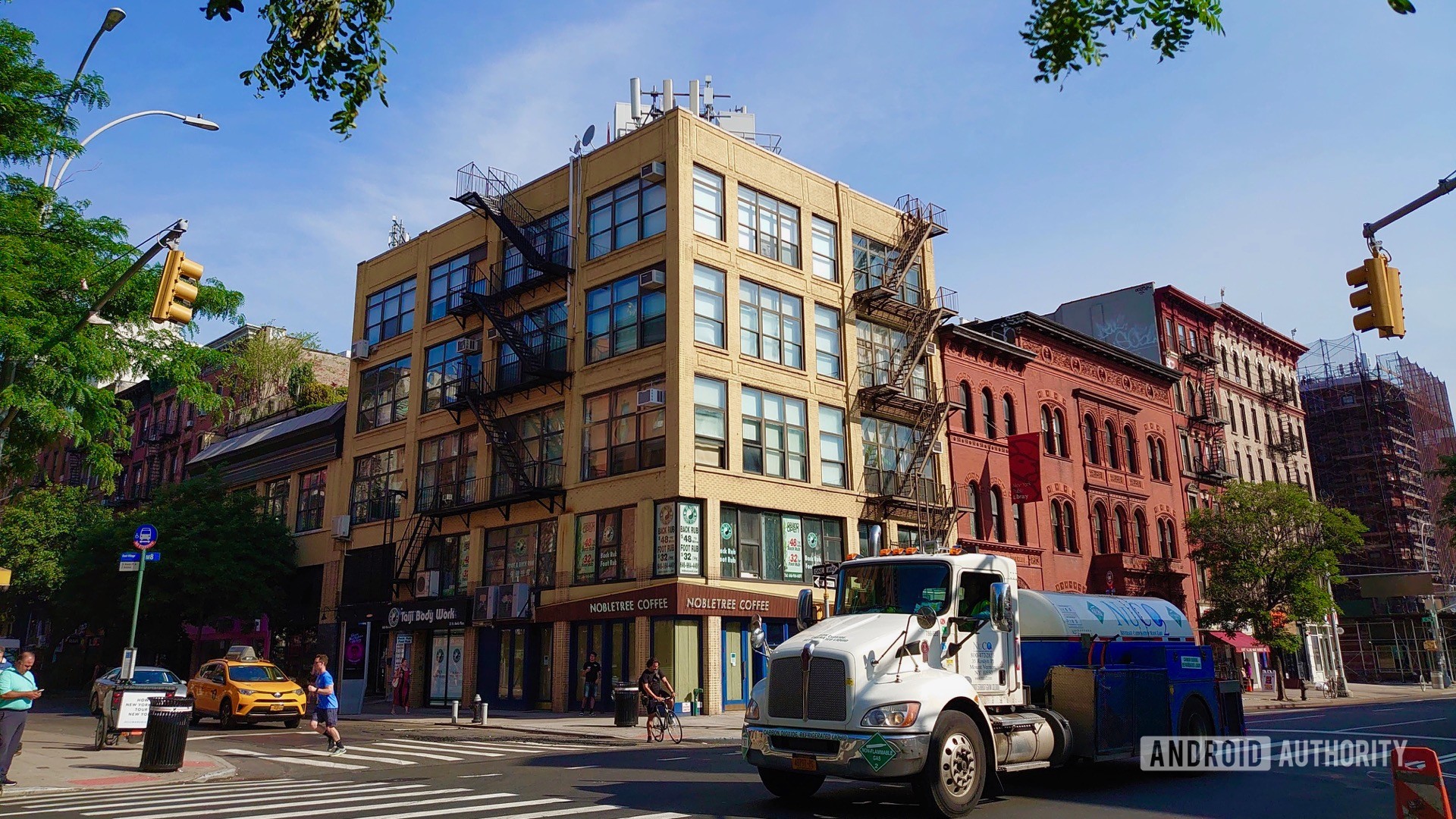
Why does this matter?
mmWave is a near line-of-sight technology. It is relegated to outdoor use, as it cannot penetrate buildings. While walking around NYC testing the network, I repeatedly witnessed the Galaxy S10 5G lose its connection to T-Mobile 5G every time I went indoors.
When I tested Verizon’s 5G network in Chicago, service was limited to the immediate area surrounding the nodes. We’re talking 30 to 100 yards or so, and I had to be in eyesight of the node. Verizon’s service in Chicago is limited to just a few streets in the city’s business district for now.
Sprint’s 5G service is better at penetrating buildings due to the nature of the airwaves it uses. It, too, is limited to just a few small neighborhoods in Dallas, Kansas City, and other markets.
T-Mobile’s deployment is different from both Verizon and Sprint. The company didn’t point out where its nodes are (though I spotted some on buildings). Its coverage map suggests that huge portions of Manhattan and a small area of Brooklyn can enjoy 5G service. I’d call the maps a bit, shall we say, overzealous.
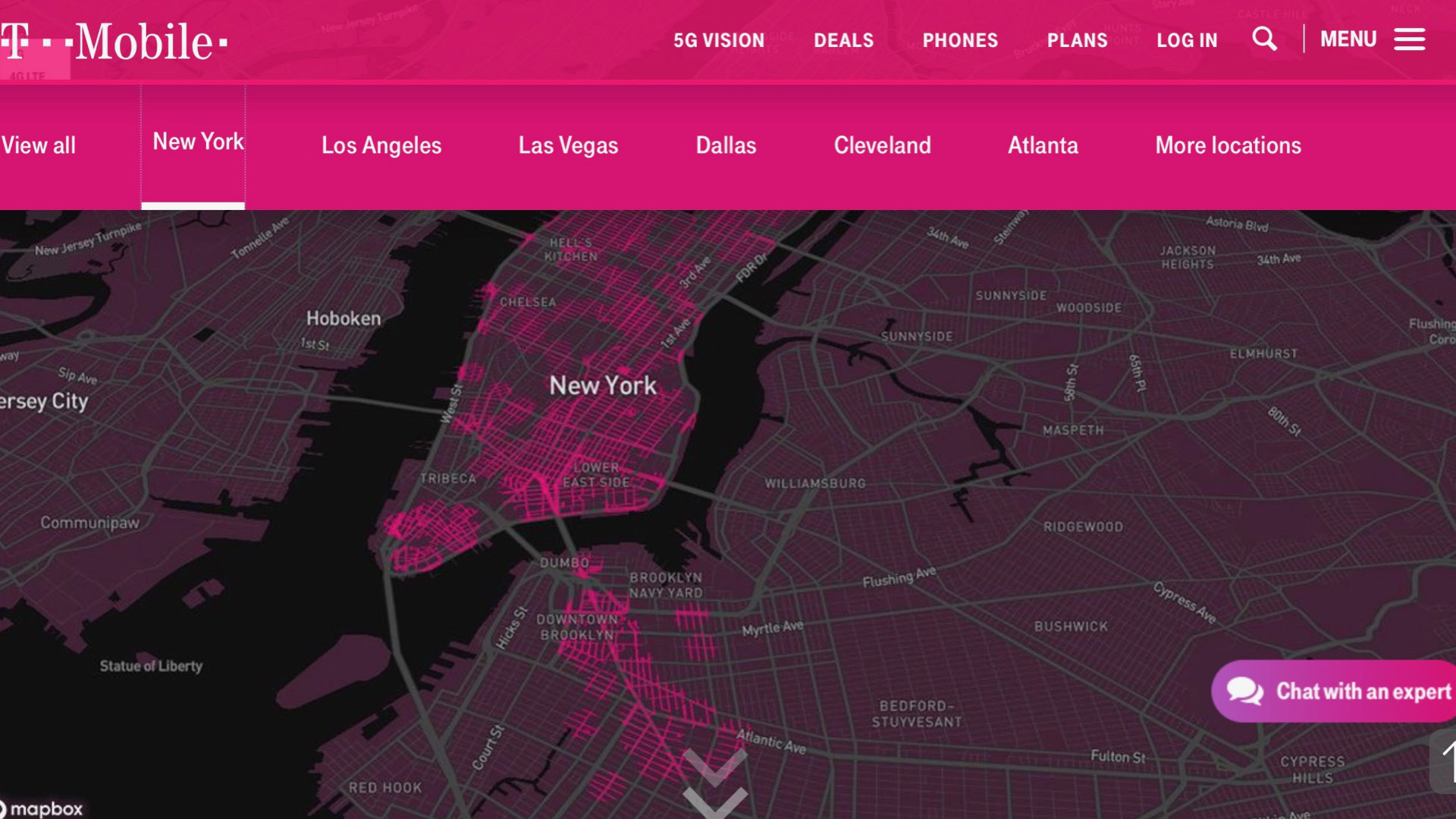
I walked about five miles around Alphabet City, the East Village, the Lower East Side, Two Bridges, Chinatown, Little Italy, and Greenwich Village. I trudged up and down dozens of streets that were shaded bright pink on the map to indicate the availability of 5G service. According to the S10 5G, the network actually showed up approximately 60 percent of the time.
Bottom line, you have to be outdoors to find it, and it isn’t quite everywhere T-Mobile claims.
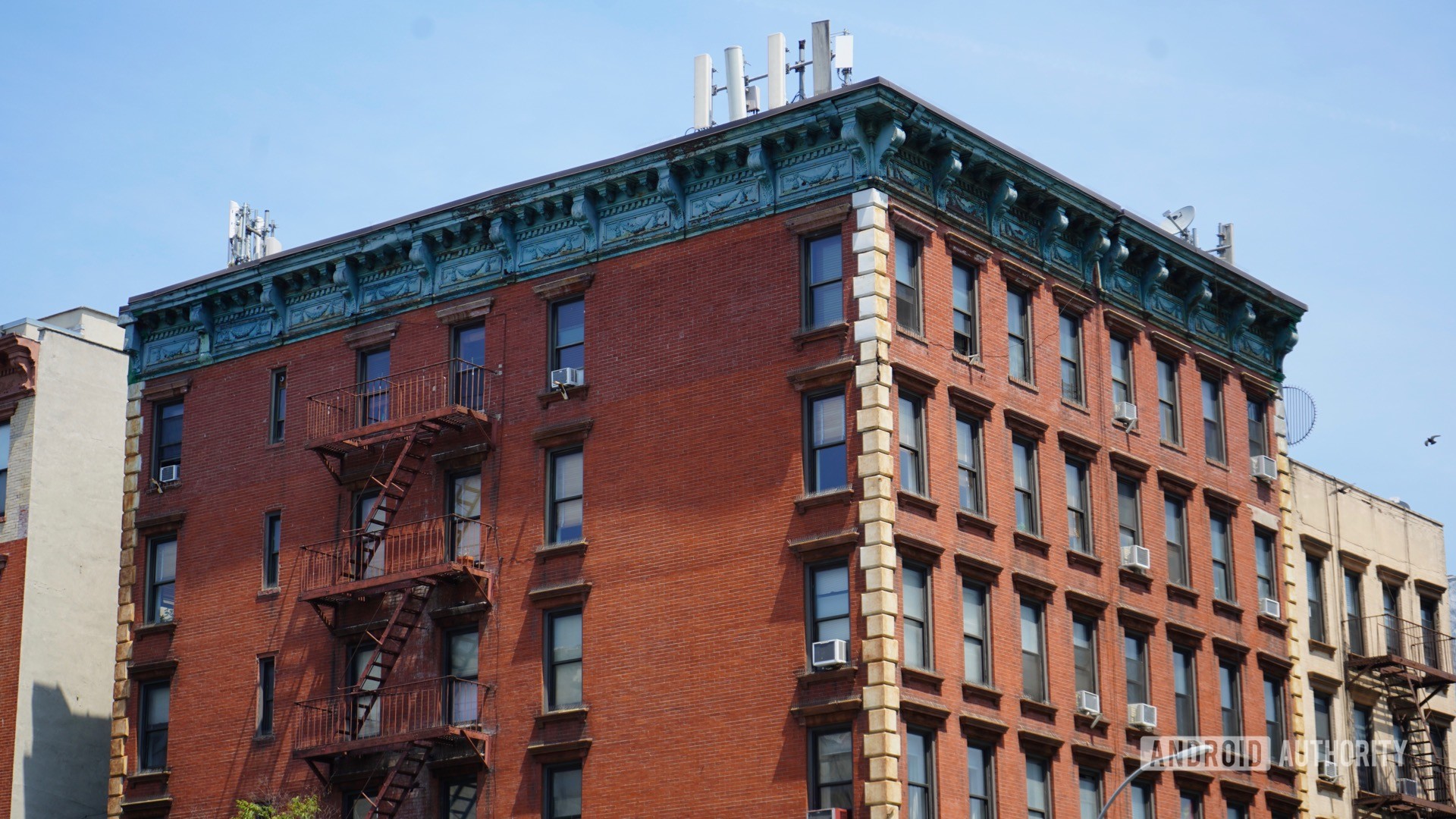
Despite the inaccuracies I encountered in T-Mobile’s coverage map, the Un-carrier’s 5G service is much more widely available than either of the other carriers’ is.
See also: Samsung might be working on a 5G phone that isn’t the Galaxy Note 10.
So how fast is T-Mobile’s 5G?
About 20 speed tests, taken all over the map, turned up some interesting results. The fastest 5G download speed I achieved on T-Mobile’s network was 510Mbps. That’s slower than the 690Mbps peak I saw on Sprint and the 1.25Gbps peak I saw on Verizon. The average download speed across all tests, including some stinkers, was 313Mbps. Ping times hovered around 20ms.
Like its competitors, T-Mobile is still relying on LTE 4G for uploads. That’s why my speed test results show an average upload speed of about 50Mbps. That’s in line with that I saw from Sprint and Verizon.
Want to download some movies? I downloaded a two-hour movie from Netflix in about 30 seconds. A single episode of Stranger Things took about four seconds to download over T-Mobile 5G, and four episodes took less than 30 seconds (including the time it took me to reach up and tap the button four times.)
We're literally at the very beginning of the 5G era.
The speeds I saw were not as eye-popping as those I saw from Verizon, but an average speed of 313Mbps is more than suitable for interacting with the internet and the content we have available to us today. The average download speed I achieved on Sprint’s network was closer to 200Mbps and the average download speed I achieved on Verizon’s network was closer to 600 Mbps.
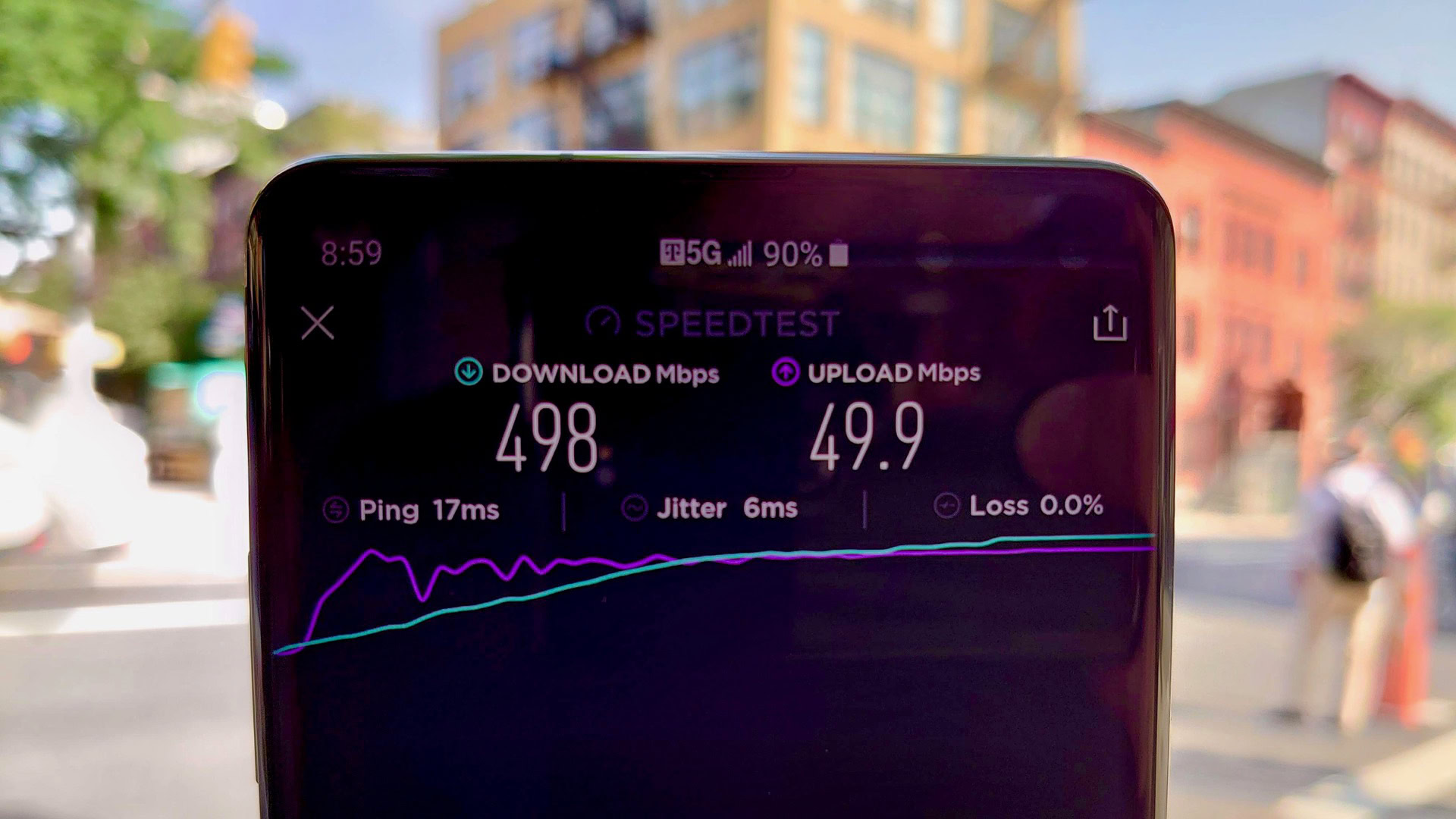
Heat played a role. Temperatures in NYC exceeded 90 degrees Fahrenheit while I tested the S10 5G. Running speed tests constantly really got the phone cooking. A safety feature built into the phone will prevent it from overheating. This tool automatically turns 5G service off for a while so the phone can cool down. This happened to me twice while I tested the phone. I had to step into some air conditioned coffee shops to get the S10 5G (and myself) back into action. Samsung and T-Mobile said this is normal.
In all, T-Mobile’s network may not have been as fast as Sprint or Verizon’s, but it was more widely available according to our experience on the streets of Manhattan. We can’t speak to the coverage in T-Mobile’s other launch cities, which include Atlanta, Cleveland, Dallas, Las Vegas, and Los Angeles.
This is just the beginning
If you’re not bowled over with these results, it’s important to keep in mind that we’re literally at the very beginning of the 5G era. These are the first 5G networks and the first 5G phones. No one should expect carriers and their handset partners to deliver a paradigm-shifting experience from Day One.
See also: Three to launch “UK’s fastest 5G network” this August
What we’re seeing is a strong (if late) start. Only a small handful of carriers around the world have deployed 5G. A year from now entire cities will be blanketed with 5G and consumers will have multiple phones from which to choose. Those are the days I’m looking forward to the most.